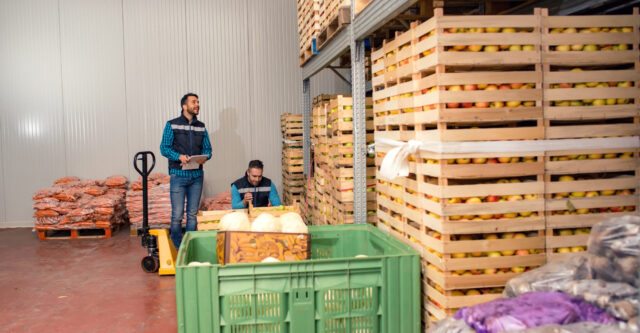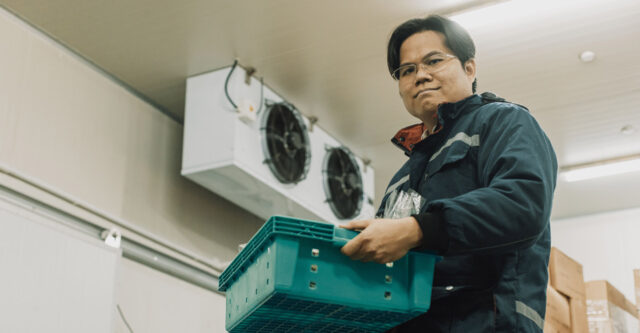Marty Khait
The White-Collar Lunch Trade-Off: Fast-Casual’s Woes Become the Freezer Aisle’s Boom
Marty Khait
|
As chains like Chipotle and Sweetgreen cite mounting macroeconomic headwinds, a consumer shift to at-home options is fueling a powerful flywheel for major CPG players and the cold storage industry.
The narrative from the fast-casual corner was consistent this past earnings season. Executives at premium chains like Chipotle and Sweetgreen pointed to a challenging environment, citing white-collar layoffs and inflationary pressures on their core, higher-income demographic as the primary reason behind their cautious future guidance.
Blaming the customer's wallet only tells half the story, though. A walk through any downtown during the lunch hour reveals a quieter, more fundamental shift. Regulars at these once-dominant chains are grappling with a different set of headwinds: soaring prices for lunch bowls, "skimpflation" in portion sizes, and a perceived drop in quality that makes a $25 salad difficult to justify.
The result: professional-class consumers are actively seeking alternatives. They are not, however, flooding the drive-thrus of legacy fast-food chains. Instead, they are making a strategic retreat to more creative choices: meals brought from home, assembled from supermarket delis, or, increasingly, pulled from the freezer.
Refrigerated and frozen food manufacturers are the clear winners of this behavioral shift. Look no further than their recent performance. As fast-casual outlets fight for foot traffic, CPG giants are demonstrating robust health. Conagra Brands, for example, posted strong results this October, driven explicitly by its frozen division, with brands like Birds Eye and Marie Callender's surging. Similarly, Tyson Foods noted in its latest November 2025 investor report that its "Branded Prepared Foods" segment is a key growth driver, meeting a clear consumer demand for convenience and value at home.
No longer are companies selling 1980s-era TV dinners. Today’s high-protein, gourmet-style frozen options are directly competing in quality and value with a fast-casual order. In response, grocery and club warehouses are racing to accommodate this demand, rapidly expanding their freezer and fresh-prepared food sections.
The manufacturers' supply chains are also getting a boost. On their recent third-quarter calls, cold-storage REIT giants Americold and Lineage both noted high capacity. For the manufacturers at the center of this trend, this availability of cold storage is a major advantage. It allows them to manage inventory costs effectively, protecting their margins even as they scale production.
This cut to costs, which is a direct result of a well-supplied cold storage backbone, adds to that positive flywheel. The savings gained on inventory management can be reinvested into the very product innovation and marketing that pulls more consumers away from high-priced, counter-service lunches.
But this growth is not without its own structural challenges. As these CPG manufacturers ramp up to meet this new, sustained demand, success will be defined by their ability to maintain efficiency. They cannot afford bottlenecks upstream.
To capture maximum profitability, their entire supply chain, from food production facilities to distribution centers, must be perfectly optimized. This is where the next phase of competition will be won or lost. Specialized real estate companies, such as our firm Yukon Real Estate Partners, are built to help these manufacturers solve complex food logistics real estate challenges. We provide the expertise needed to find, develop, renovate, and modernize the specialized facilities it takes to capitalize on this consumer shift, ensuring the flywheel keeps spinning.
As fast-casual chains struggle to justify their price points and win back their core customers, the smart money is on the infrastructure that feeds the new at-home economy.



